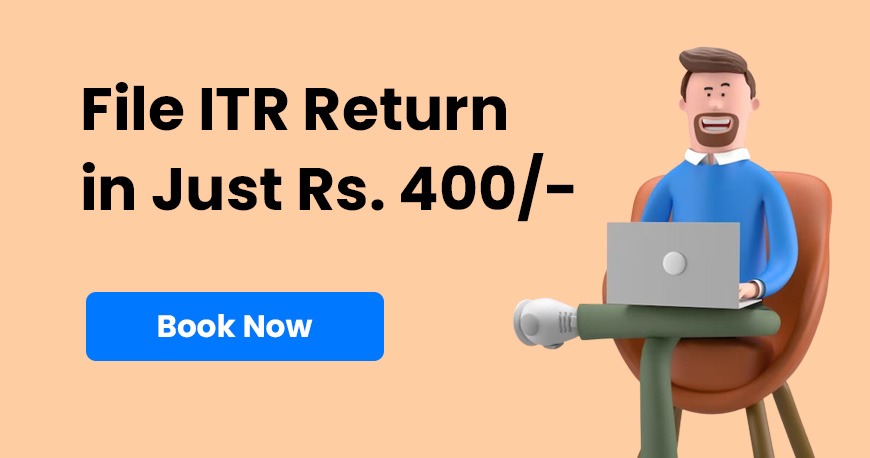Comprehensive Guide of Section 194N of The Income Tax Act of 1961
Section 194N, part of the Income Tax Act of 1961, was implemented to deter the flow of undisclosed funds and encourage digital transactions within India.
Comprehensive Guide of Section 194N of The Income Tax Act of 1961
Section 194N, part of the Income Tax Act of 1961, was implemented to deter the flow of undisclosed funds and encourage digital transactions within India.
It mandates the deduction of tax at source (TDS) for cash withdrawals exceeding specified thresholds.
In this blog, we will offer a firm grasp of Section 194N, including its provisions, scope, and ramifications.
Understanding Section 194N: Key Points
Who It Applies To? Section 194N is relevant to anyone who needs to pay money to an individual or Hindu Undivided Family (HUF). It doesn't apply to payments to businesses or organizations.
Limits on Cash Withdrawals: This section is designed to discourage large cash transactions. It means that if you are taking out a significant amount of cash, you might have to pay a Tax Deducted at Source (TDS).
Here are the limits:
- If you are withdrawing from a National Savings Scheme (NSS) account, the limit is Rs. 1 crore in a financial year.
- For all other cases, the limit is Rs. 20 lakh in a financial year.
TDS Rate: The TDS rate is 2% of the cash withdrawal amount that exceeds the specified limit. However, if you haven't filed income tax returns for the last three financial years and you are withdrawing more than Rs. 20 lakh, the TDS rate goes up to 5%.
When TDS is Deducted: TDS under Section 194N is deducted when you receive the cash. If you are making multiple withdrawals in the same financial year and they add up to more than the limit, TDS is deducted from the total amount.
Exemptions: Some withdrawals are exempt from this rule:
- Withdrawals conducted by government entities, banks, cooperative societies, or business associates as part of the financial inclusion program known as the Pradhan Mantri Jan Dhan Yojana (PMJDY).
- Withdrawals made by certain individuals like senior citizens (aged 75 and above) who only have income from a pension and interest.
Providing PAN/Aadhaar: When you withdraw cash, you need to provide your Permanent Account Number (PAN) or Aadhaar number to the person handling the TDS. If you do not provide this information, the TDS rate goes up to 20%.
TDS Returns: The person responsible for deducting TDS under Section 194N has to file TDS returns and provide TDS certificates to the individual or HUF from whom the TDS was taken.
Implications and Effects:
Promotion of Digital Transactions: Section 194N encourages individuals and Hindu Undivided Families (HUFs) to opt for digital or non-cash transactions since substantial cash withdrawals trigger TDS.
Enhanced Transparency: This provision aids the government in monitoring significant cash transactions, making it easier to identify potential tax evaders.
Compliance and Reporting: Both the person withdrawing cash and the party responsible for the TDS deduction must adhere to reporting and documentation rules. This results in greater transparency.
TDS Refund: Individuals who have had TDS deducted but fall below the taxable income threshold can request a refund by filing an income tax return.
Conclusion
In Summary: Section 194N in the Income Tax Act of 1961 is vital for boosting transparency, curbing unaccounted money, and fostering digital transactions.
It's important for individuals and Hindu Undivided Families (HUFs) to understand the limits, TDS rates, and reporting rules to stay compliant and to avoid unexpected tax consequences.
Also Read: Pension Scheme Major Changes: Government Considering Changes to Pension Scheme
FILING YOUR INCOME TAX RETURN F.Y 2022-23 (A.Y. 2023-2024) WITH MYITRONLINE
Income tax filing deadline is right around the corner. If you haven’t filed yet, do it now for FREE on Myitronline! Avoid last minute rush and file your tax return today on MYITRONLINE in Just 5 mins.(www.myitronline.com)
If you are looking for eCA assistance to file your income tax return/ GST, you can opt for MYITRONLINE eCA assisted plan starting
Upload Salary Individual Form-16
If you have any questions with filing your tax return, please reply to this mail. info@myitronline.com OR call 9971055886.
Note-All the aforementioned information in the article is taken from authentic resources and has been published after moderation. Any change in the information other than fact must be believed as a human error. For queries mail us at marketing@myitronline.com
Krishna Gopal Varshney
An editor at MyitronlinenewsKrishna Gopal Varshney, Founder & CEO of Myitronline Global Services Private Limited at Delhi. A dedicated and tireless Expert Service Provider for the clients seeking tax filing assistance and all other essential requirements associated with Business/Professional establishment. Connect to us and let us give the Best Support to make you a Success. Visit our website for latest Business News and IT Updates.









